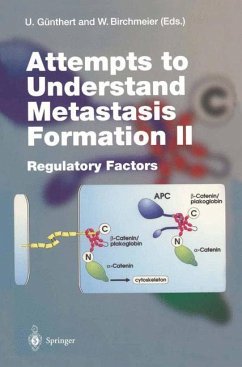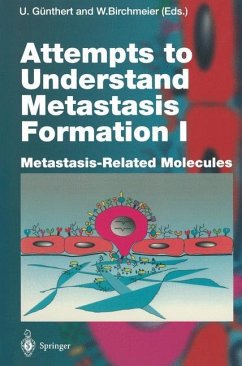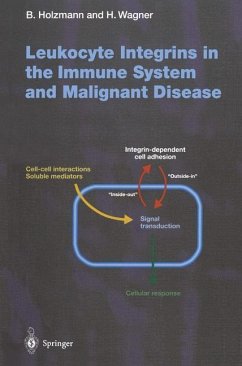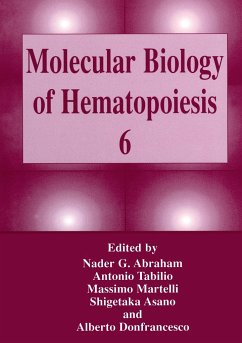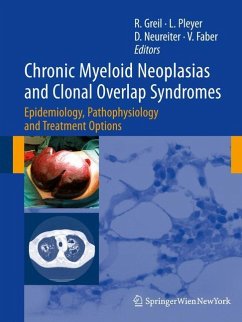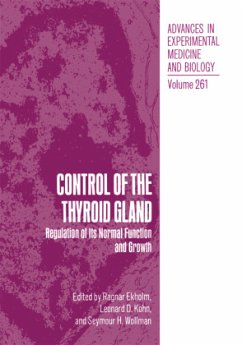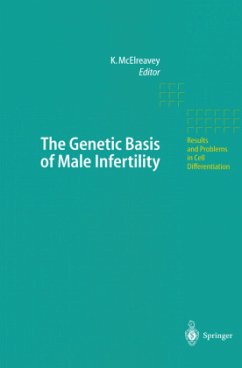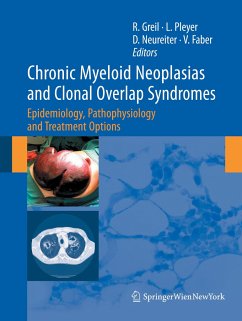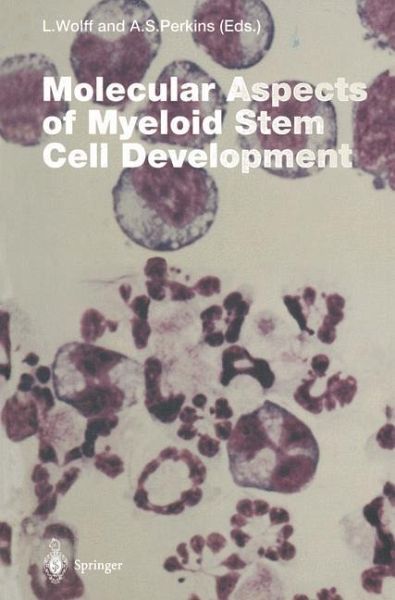
Molecular Aspects of Myeloid Stem Cell Development

PAYBACK Punkte
39 °P sammeln!
A workshop on "MOLECULAR ASPECTS OF MYELOID STEM CELL DEVELOPMENT" was held at the Historic Inns in Annapolis, MD during April 30-May 3, with approximately 70 persons attend ing. The enormous success of this meeting was attributable to the recent outburst of information generated from two areas of study: transcriptional regulation of developmentally important myeloid genes and molecular dissection of chromosomal abnormalities in human myeloid leukemias. It was reassuring that studies of normal myelopoiesis and abnormal myelopoiesis, as observed in dys plasias and neoplasia, are revealing sever...
A workshop on "MOLECULAR ASPECTS OF MYELOID STEM CELL DEVELOPMENT" was held at the Historic Inns in Annapolis, MD during April 30-May 3, with approximately 70 persons attend ing. The enormous success of this meeting was attributable to the recent outburst of information generated from two areas of study: transcriptional regulation of developmentally important myeloid genes and molecular dissection of chromosomal abnormalities in human myeloid leukemias. It was reassuring that studies of normal myelopoiesis and abnormal myelopoiesis, as observed in dys plasias and neoplasia, are revealing several interrelated mechan isms of gene regulation. However, great challenges await us as we try to determine how these and other mechanisms in this intricate system orchestrate the ultimate fate of cells e. g. proliferation, differentiation or apoptosis. This volume of Current Topics in Micro biology encapsulates many of the key aspects of the workshop summarizing research over the past few years on the ontogeny and pathology of myeloid cells. Investigations into the complex process of normal myeloid cell . maturation were first made possible through development of in vitro clonigenic assays. These established the relationships of colony stimulating factors, interleukins and their combinations to the specific fates of myeloid progenitors derived from the bone , marrow and spleen. Molecular studies became feasible, however, through the later establishment of several cell culture systems in volving immortalized cells which, under the proper induction, could fairly accurately recapitulate the myelopoietic process.



